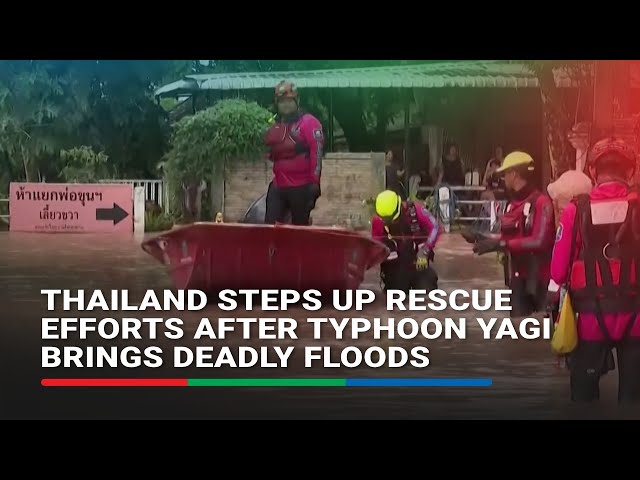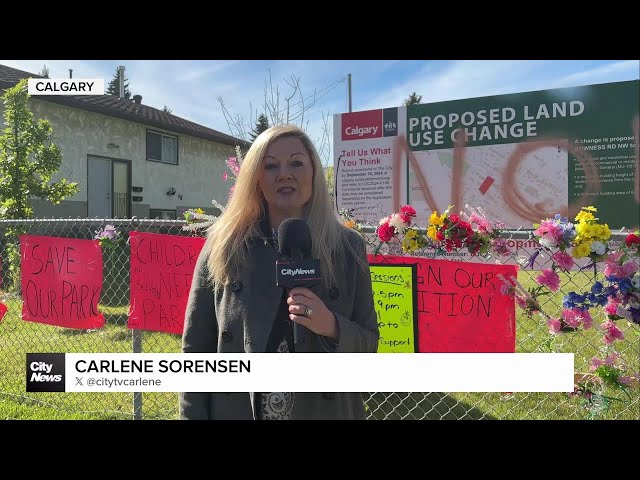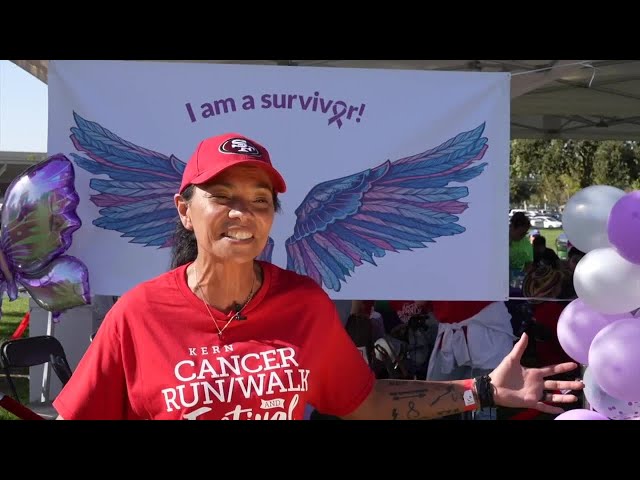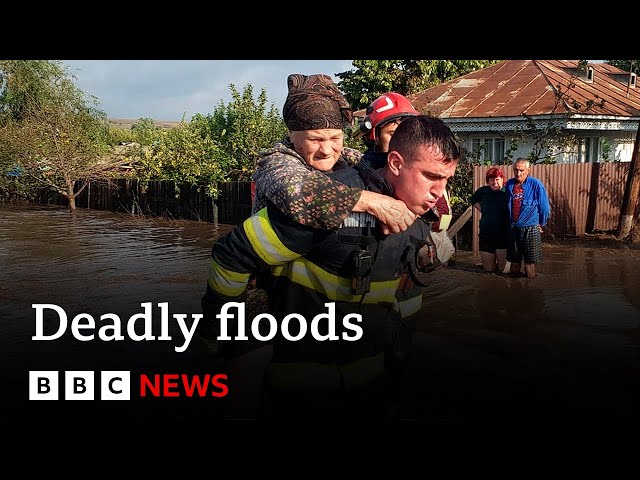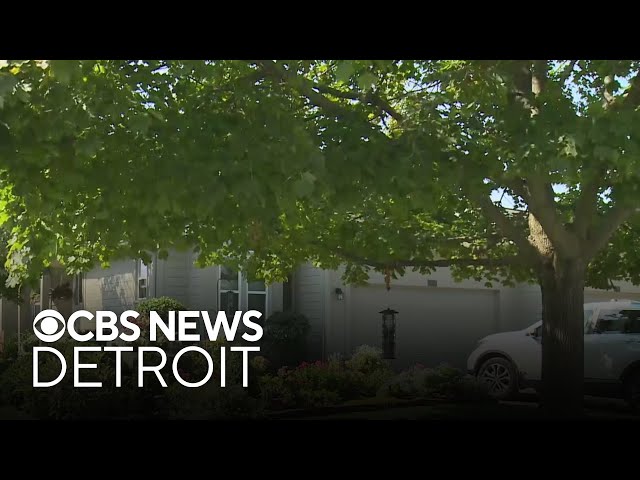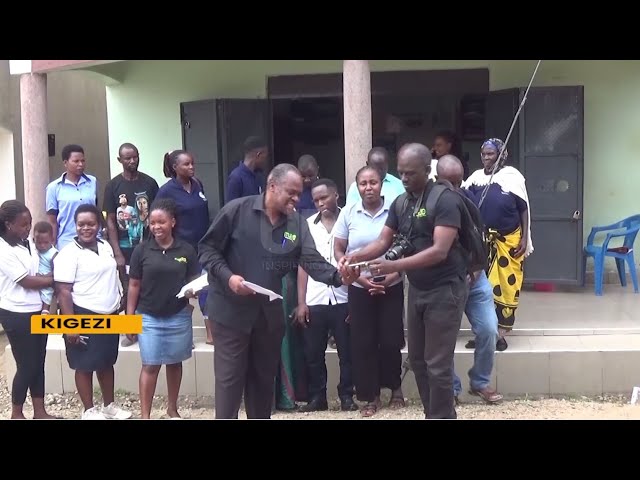Volunteers lead fight against deadly mange in wombats across Australia
Armed with a makeshift pole and a spray can filled with medication, conservationist Melina Budden quietly tails Hope, a mange-infected wombat, through the Australian bush. Mange is a skin disease caused by parasitic mites that burrow into the skin of the infected mammal and can lead to secondary infections, maggots, malnutrition, renal failure, and ultimately death. It is one of the biggest causes of death in wombats and could decimate the species if allowed to spread unchecked across the country, said Budden. “(It's) a very slow and painful death. So it will, in 100% of cases, wipe them out (if left untreated). Especially if you let it run rampant,” she told Reuters, whilst keeping watch outside one of Hope’s wombat burrows. Budden founded the Blue Mountains Wombat Conservation Group in 2020. The group, now boasting between 20 and 40 volunteers, treats up to 200 wombats at a time and is one of many Australian community groups dedicated to wombat mange treatment. The disease's impact extends beyond wombats, affecting most native mammals, the agricultural sector, and immunocompromised humans, making it a "biosecurity issue", said Budden. The reliance on community groups and the lack of long-term solutions raises questions about the sustainability of current efforts and underlines the need for more research and funding. The New South Wales government has allocated $2.8 million Australian dollars for 2022-2024 as part of their Curb Wombat Mange Program. Research being funded by the program includes developing methods to identify mange in wombats and evaluating the efficacy of treatment. However, Budden questions whether these funds are being directed towards the right research. Climate change is also a significant concern. As environmental disasters become more and more common, she fears that the wombats will slip through the cracks as other things are prioritised. The increasing number of floods, droughts and bushfires in Australia are also having a run-on effect on the resilience of wombats and their likelihood of survival. To help the wombats, the volunteers rely on two forms of treatment: direct dosage and a self-built flap system. “The reason why we do the flap system is because it’s quite contagious so if you have one sick wombat in a population then they can spread it to the other wombats in the colony,” said Budden. For full efficacy, the wombats should be direct-dosed once a week for five weeks, or treated through the flap system for 15 weeks, but tracking down and treating wild animals is a challenging and labour-intensive process. Additionally, the treatment does not provide long-term immunity to the disease, and often the same wombats are being treated each year; this is Hope’s third year being treated. At the time of writing, Hope had not been spotted in a few weeks and questions remain about her wellbeing after another mange infection. But 2024 has been the group’s busiest year yet, and so Budden continues to make the two-hour journey from Sydney as often as possible to assist. “I feel like we’re just on a merry-go-round,” Budden said. “(But) you can’t stop, you can’t just let something die a very slow and painful death and do nothing.' - Report from Reuters





